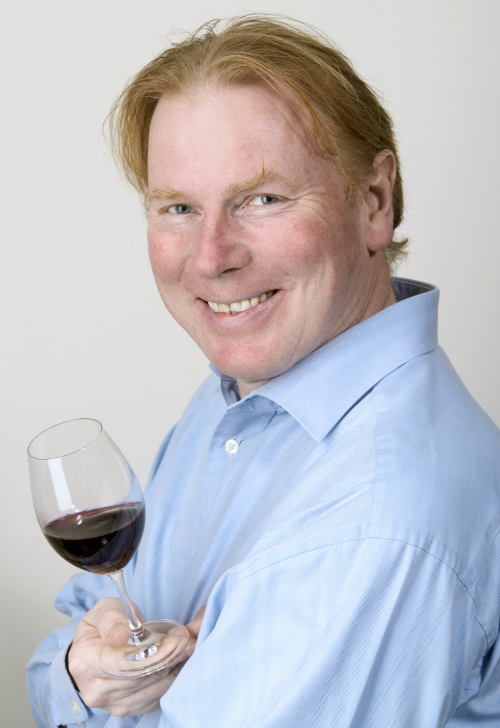Burgundy expert Jasper Morris isn’t rushing to buy any Bordeaux soon. Forget about the friendly (and sometimes fiery) rivalry between the two neighbors – Morris believes Burgundy is gaining steam right now, particularly in Asia, at a time when Bordeaux’s image has been somewhat hampered by continuous high prices.

“There is clearly an increase in sales of Burgundy in Hong Kong. Now when you compare this to three years ago, the increase must be at least 100%,” says Morris, who works as Burgundy Director at Berry Bros. & Rudd, citing the company’s sales figures when interviewed by JamesSuckling.com earlier in Hong Kong.
The numbers are in part a result of Burgundy’s slowly increasing availability as retailers keep expanding the range of producers on the market. Nevertheless, prices for Burgundy in the last 10 years have also increased due to a lopsided demand and supply situation.
Even today, supply still remains a main challenge in expanding Burgundy’s reach worldwide in addition to education, he emphasizes. “For top-tier producers, automatically every year when the wines come out, it’s a question of allocating the wines, so there is no selling. My job as a buyer is almost more important than the seller part of the job. It means that our challenge is to get people to understand a wider range of Burgundy, instead of people just wanting to have the one or two names,” he explains.
Wine speculating and investment on top Burgundies is less common when compared to Bordeaux though producers like Romanée-Conti’s prices can easily fetch thousands of dollars. This fact, more or less, has helped to ease the overall price hikes of Burgundy, says Morris, while refusing to divulge the specific percentage.
But Morris admits that Bordeaux has always served as the access point for wines. “People here in Hong Kong and China got interested in wines mostly through Bordeaux, and yet Bordeaux wines are more tannic, and Indian tea is tannic. In fact, Chinese teas are more about perfumes and fragrances, which is much more in line with Burgundy,” he maintains, drawing comparisons between teas and wines.
“You much more often hear somebody who is a Bordeaux drinker become a Burgundy drinker. It’s rare to find somebody made the journey the other direction,” he continues.
Interest in Burgundy from Hong Kong, China, Singapore and Taiwan has been growing in recent years, but the US, UK and Japan still remain the three biggest markets for Burgundy, according to Morris.
When asked about his recommendations, he replies, “I think 2007, 2008 have now reached that point of maturity when what you are tasting in the bottle is exactly what the wines can deliver. If you want to go back a little bit older, there are also great vintages like 2002 and 1999. If you want really first-class wines that are still a bit young, a great vintage of recent times is 2005. I also really like 2009, 2010 and 2012.”
We also have a video interview here where James interviewed Morris for Tatler. In this video, the Burgundy expert shared more of his comments on the Hong Kong Burgundy market as well as some buying advice. Watch below.
-Natalie Wang
